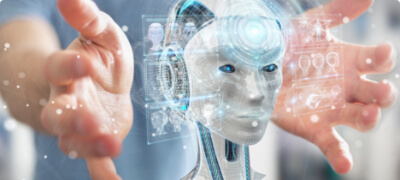Introduction
Human communication is established by using natural language. Humans regularly communicate with one another in many different languages through speech and written language. Although this data is in natural language, computers cannot understand it because they only speak in 1s and 0s. The data generated is valuable and can provide valuable insights. Therefore, you require computers to comprehend, mimic, and react intelligently to human speech. Natural Language Processing (NLP) is a branch of Artificial Intelligence that enables machines to read, understand, and derive meaning from human languages.
Language is used to establish communication between people. To enable computers to comprehend text and spoken words, and understand human language, intent, and sentiment, computational linguistics incorporates machine learning models, statistics, and deep learning models. This is done through rule-based modeling of human language. For business solutions to improve customer experiences, streamline processes, and boost profits, NLP is growing in popularity in businesses. NLP is a difficult task because of the ambiguity and uncertainty of natural language. Lexical analysis, syntactic analysis, semantic analysis, discourse integration, and pragmatic analysis are the phases of NLP. Following the preprocessing of the data, an algorithm is created to process it. Algorithms for natural language processing come in a wide variety, but two main categories are those that are most frequently used:
- Rule-based System: This system employs meticulously crafted linguistic rules. This method was used early in the development of natural language processing and is still used today.
- Machine learning-based system: Statistical methods are employed by machine learning algorithms. They are fed training data to help them learn how to perform tasks, and as more training data is processed, they modify their techniques. The algorithms used in natural language processing refine their own rules through repeated processing and learning using a combination of machine learning, deep learning, and neural networks.

